Jane Austen's music collection
Jane Austen liked to play the pianoforte often daily. An article sharing the music Miss Austen liked for senior couples and mature solo travelers interested in the literary and musical heritage of England from Shakespeare to Gilbert and Sullivan.
1 Nov 21 · 6 mins read
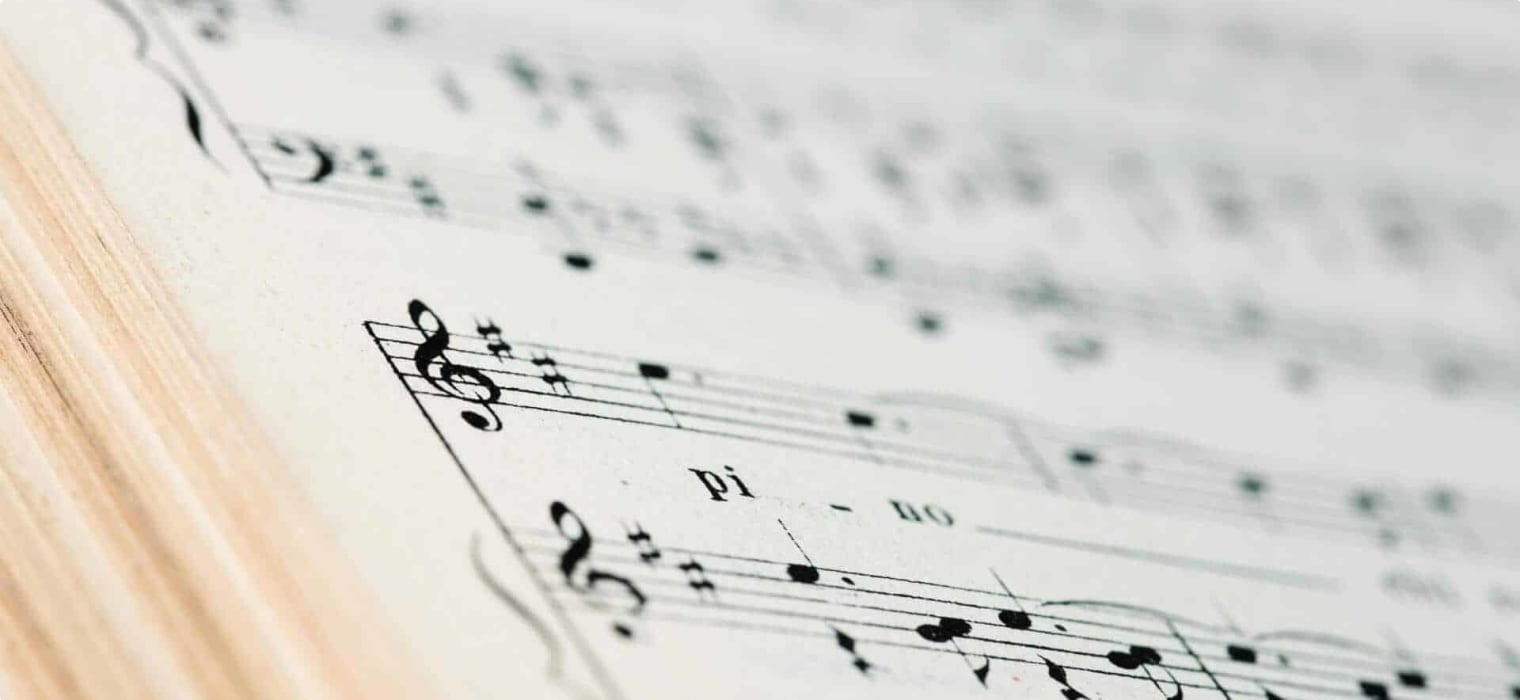
“Aunt Jane began her day with music—for which I conclude she had a natural taste; as she thus kept it up—tho’ she had no one to teach; was never induced (as I have heard) to play in company; and none of her family cared much for it. I suppose that she might not trouble them, she chose her practising time before breakfast—when she could have the room to herself—She practised regularly every morning—She played very pretty tunes, I thought—and I liked to stand by her and listen to them; but the music, (for I knew the books well in after years) would now be thought disgracefully easy—Much that she played from was manuscript, copied out by herself—and so neatly and correctly, that it was as easy to read as print.”
—Caroline Austen, My Aunt Jane Austen: A Memoir, 1867
Music was integral to the life of Jane Austen
It is a truth universally acknowledged that Jane Austen enjoyed music. Music was an integral aspect of her life. Like many of her characters she played the pianoforte and her letters contain enthusiastic accounts of attending performances. She played the piano every day, compiled her own albums of sheet music, and danced when others played. Music plays an important role in her novels and movie adaptations of her books. An 1811 letter about a soirée at her brother, Henry’s home states:
Above 80 people are invited for next Tuesday evening, and there is to be some very good music — five professionals, three of them glee singers, besides amateurs. Fanny will listen to this. One of the hirelings is a Capital on the harp, from which I expect great pleasure.”
Music was the elixir for social contact between genders
In the social and political history of England, the period between 1714 and 1830 is often called the Georgian Era. It is because these years mark the reign of King George I, followed by King George II, III and IV. The Georgian Era was a time period of great social gap between the wealthy and the poor. As a result of this, social behaviour and approval were some of the major areas that the people of this time concentrated on. This resulted in a long list of norms of social etiquettes that people used to follow at that time, which was taken very seriously by everyone in society.
There were highly complex rules for social interaction between men and women, but all women were expected to marry and marry young, but interaction between men and women during these times was very constrained. House parties, salons and balls were therefore an important part of the social culture as these were the only places where men and women could pursue each other in a romantic manner. Even these events were closely monitored and it was still important to follow the norms of behaviour for both genders.
The common factor to all these social contacts was music. Most young women were expected to play a musical instrument to entertain house guests. Salons were where more acknowledged musicians performed and Balls mostly required a group of musicians.
From her biographer, and niece Caroline Austen, we know about the music that Jane Austen played and liked. Her stories of family news and memories show how Jane Austen’s life had a rich background of domestic music-making. She listened to her cousins play, danced to the music from her sisters and sisters-in-law, played for her own satisfaction and for her nieces and nephews. The theme of vying for attention of possible suitors is common in all her novels. Think of Caroline Bingley in Pride and Prejudice, Miss Jane Fairfax and the pianoforte in Emma.
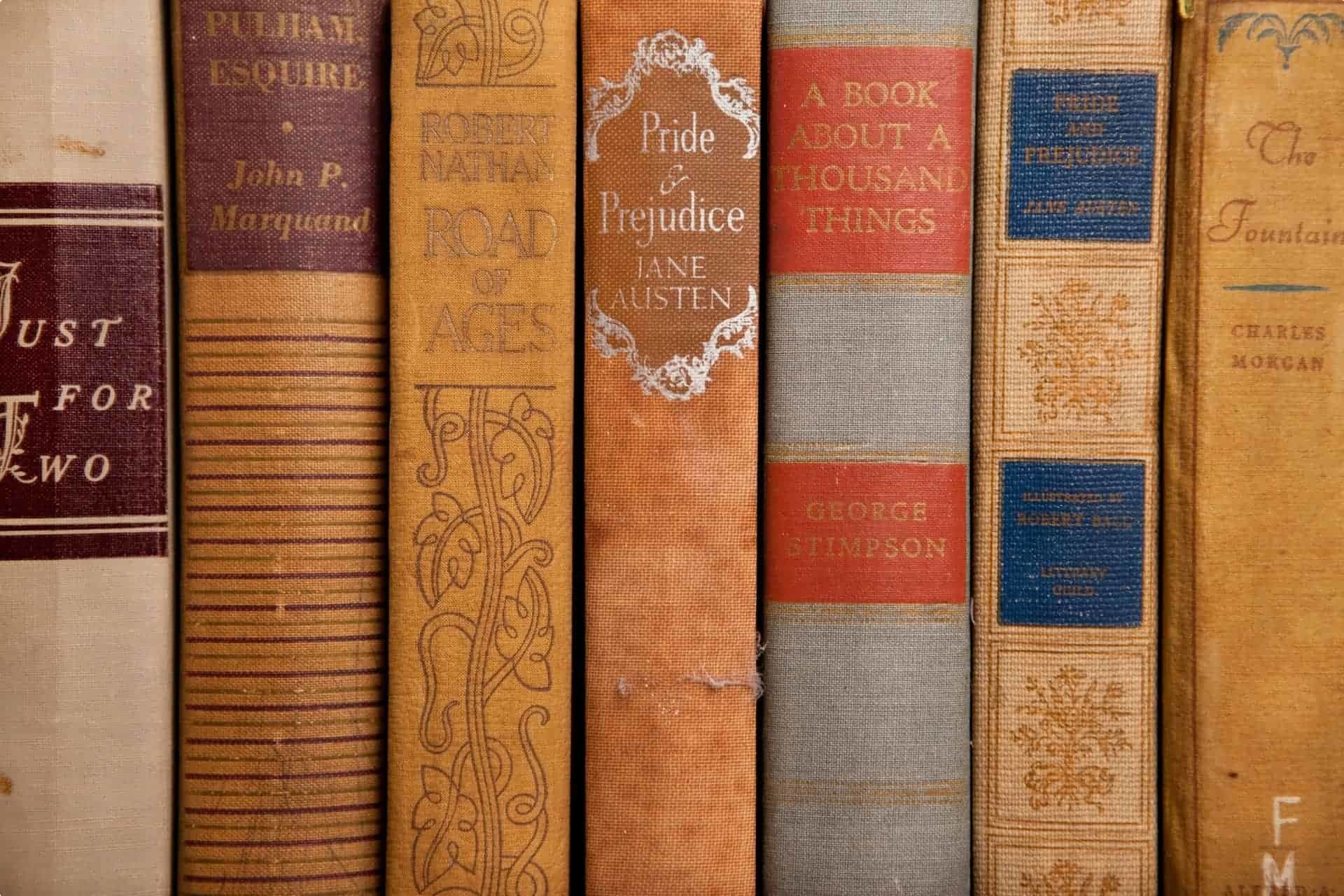
One has only to watch the numerous films and television shows based on Austen’s six published novels, and one unfinished, to see the key role that music played in the lives of her characters and the people of the Georgian time.
Jane Austen’s collection of music
There were 18 music albums that belonged to Jane Austen and her female relations. Like many similar collections, this is an intriguing collection including compilations of printed sheet music, manuscript albums copied into pre-ruled music books, compilations of separately copied manuscripts and scrapbooks mixing print and manuscript items. At least seven women in the extended Austen family copied or collected music into the 18 albums. Jane Austen was responsible for a large portion. Often a collection was started by one woman then added to by another. As a set, they are a rich illustration of domestic music-making.
The collection was held together in the Knight family (descendants and owners of Chawton House) library until the middle of the last century, when was broken up, with eight books thought to be most closely associated with the author herself donated to the Jane Austen Memorial Trust, and the remainder split between descendants of the family.
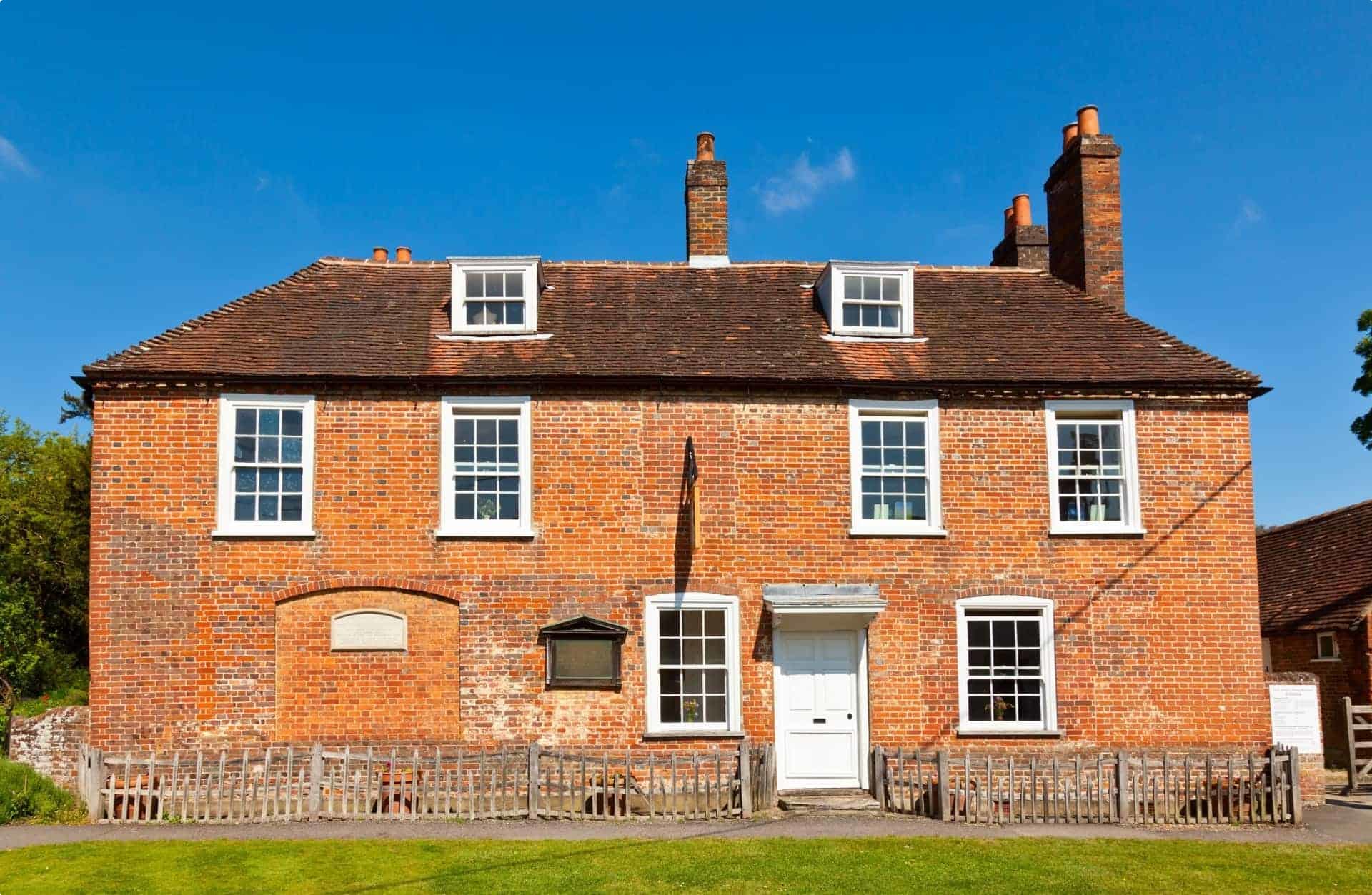
However, the remaining books are now held at Chawton House Library, permitting an extended comparison with the better-known set conserved by the Trust. These volumes prove to be equally important for Austen studies: it is in these newly-available albums that we find all three of the songs Jane Austen’s niece Caroline remembers her aunt singing to her as a child. The arrival of the remaining albums at Chawton House has been an essential step in launching a major study of the entire collection by a research group based at the University of Southampton, in collaboration with colleagues at the Jane Austen House and Museum and Chawton House Library. These volumes are fascinating not only for the insights they furnish into the life and work of a major author. They also provide an intriguing glimpse into the world of domestic music-making of the 18th and early 19th centuries, and to the family and social relationships that musical training and performance reflected and fostered.
In 2005, Ian Gammie and Dr Derek McCulloch published a catalogue entitled Jane Austen’s Music. It was the first complete appraisal of the eight books of music at the Chawton House Library, which had, in the words of the authors, “never before been fully catalogued and on closer inspection proved to have 300 musical items.” This collection has become a valuable resource to scholars and musicians.
In 2016 Suzanne Guldimann published a wonderful collection of pieces arranged for the Celtic harp: a collection she imagined as the type of music that might be played at a country gathering like the Netherfield Ball in Pride and Prejudice. Music for the Netherfield Ball is a mix of popular music, folk songs, and composed works intended to entertain.
Guldimann’s Music for the Netherfield Ball contains 19 pieces and their provenance. They are magnificent to play and very well-researched.
Samples from the Jane Austen collection are:
- Their Groves of Sweet Myrtle – Jane mentions Robert Burns in her unfinished novel, Sanditon. “Poor Burns’ known irregularities greatly interrupt my enjoyment of his lines. I have difficulty in depending on the truth of his feelings as a lover. I have not faith in the sincerity of the affections of a man of his descriptions. He felt and he wrote and he forgot.” However, this song by Burns was reportedly one of her favourites and is copied out in her handwriting.
- Roslin Castle appears in the second set of Scottish songs in the Austen family collection. The air, also known as “The House of Glamis” was popularized by James Oswald (1710-1769), official Chamber Composer for King George III. The tune is one of the melodies chosen by the composer, Joseph Haydn, for his English and Scottish Songs, Opus III. It is still played by bagpipers, fiddlers and harpers.
- Fairy Dance is a well-travelled Scottish reel which remains a popular fiddle tune. It was attributed to Perthshire fiddler, Nathaniel Gow (1763-1831), fourth son of the legendary Scottish fiddler, Neil Gow. It has various names and is played in the Isle of Man, Wales, Ireland, England and the USA. Interestingly the version in the Austen family collection was arranged by Matthias Holst, the grandfather of composer Gustav Holst.
- Robin Adair. Jane Fairfax plays Robin Adair on the pianoforte that arrives as an anonymous gift and is the cause of much strife in Emma. It is the only song mentioned by name in any of her novels. It is highly likely this tune was written for harp.
- Que j’aime à voir les hirondelles. Jane Austen’s niece and biographer, Caroline Austen, recalled this as one of her aunt’s favourites, and the version in the Austen family collection is in Jane’s handwriting. The tune is traditional.
- Lochaber No More. The lyrics to this beautiful air were written by Scottish poet Allan Ramsay (1686-1758). The tune is attributed to the Irish harper and composer, Thomas O’Connellan (1640-1698). This is still a well-known bagpipe tune.
- My Lodging is on the Cold Ground. Irish poet, Thomas Moore (1779-1852), borrowed this traditional Scottish tune for the setting of his Believe Me If All Those Endearing Young Charms, but long before Moore, the lyrics were written by Matthew Locke (1621-1677). The tune is instantly recognisable today.
While some scholars seem to enjoy dismissing Austen’s music as popular or even simplistic, the fact that so much of it, especially the Scottish and Irish traditional music, remains familiar, much loved, and still performed says far more about the enduring popularity of this music. Like Austen’s novels, the music that she played and loved speaks to us across time.
Travellers who enjoy Jane Austen’s world and writings can join the 20 day Odyssey Traveller tour, Art and Literature of England.
Related Tours

22 days
AugDiscovering the art and literature of England: Jane Austen, Shakespeare, and more
Visiting England
Stratford upon Avon, Shakespeares birthplace and Anne Hathaway's cottage as well as the Lake district a UNESCO World site and Dicken's London are part of guided tour for a small group tour of like minded people learning about the art and literature of England. Your tour leader and local guides share day tour itineraries to create a unique travel experience.
From A$17,765 AUD
View Tour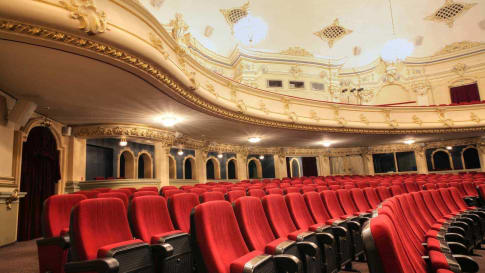
9 days
AugGilbert and Sullivan Festival Small Group tour
Visiting England
A 9 day tour with a tour director and local guide explore the Victorian music of Gilbert and Sullivan. We visit on this journey, Manchester, Harrogate, Oxford & London, attending the Gilbert & Sullivan festival and places of historic interest.
From A$9,350 AUD
View Tour
22 days
DecOpera Tour Europe | Theatre-Opera-Ballet and Classical Music Small Group Tour for Seniors
Visiting England
This 22-day small group program visits the major arts centres of Hamburg, Amsterdam, Paris, and London. We travel in winter avoiding crowds and enjoy a different perspective of the places visited. At Odyssey Traveller we have sought to assemble entry and show tickets to what many will consider the best arts experiences available in those cities during each program.
From A$22,000 AUD
View Tour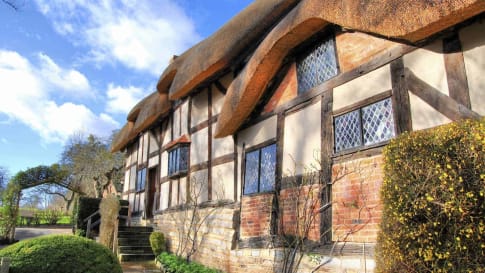
10 days
May, AprWorld of Shakespeare | Small Group Tour
Visiting England
This small group tour for mature couples and solo travellers visits Shakespeare's birthplace, Stratford upon Avon and Anne Hathaway's cottage all form part of this small group tour escorted by a tour director and local guides sharing their knowledge on this guided tour. Included are performances in London at the Globe & RSC in Shakespeare's Stratford upon Avon.
From A$8,345 AUD
View TourRelated Articles
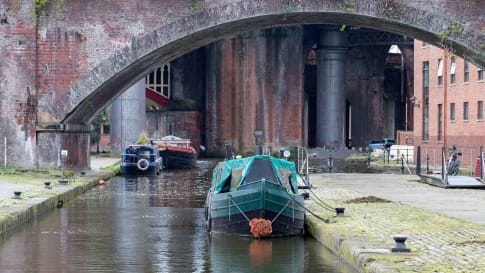
Britain: First Industrial Nation
Britain: The First Industrial Nation In the mid-18th century, the Industrial Revolution was largely confined to Britain. Historians and economists continue to debate what it was that sparked the urbanisation and industrialisation that would change…

British Village Icons: Definitive Guide for Travellers
Icons of the British Villages: Pubs and Cottages The British pub and cottage figure prominently in the image of a (often romanticised) quintessential “British village”. In this article, we will give special attention to these…
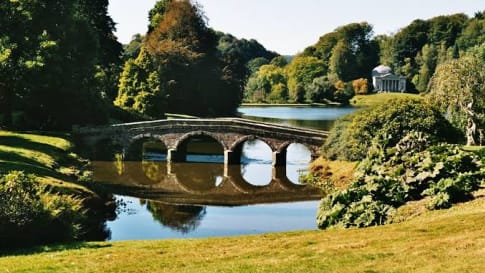
Capability Brown: The English Garden Genius
Article for senior couples and mature solo travellers interested in gardens and design in England and Europe with small group tours of interest.. Brown is regarded as a genius.
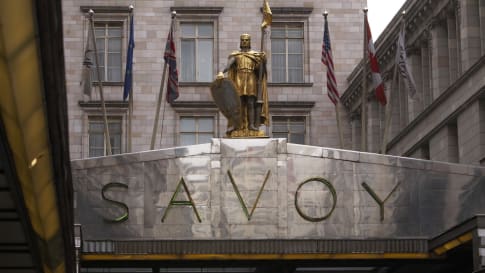
D'Oyly Carte's family
Great Britain has a history of influencers the D'Oyly Carte family is one of them. They shaped London, and the Gilbert and Sullivan history from Devon to Harrogate. Learn more with this article for a small group educational tour for senior couples and mature solo travellers.

Exploring Jane Austen’s England
Exploring Jane Austen’s England Jane Austen The reach and magnitude of Jane Austen’s influence on modern readers may make one forget that she only had six novels to her name (three of which were published…
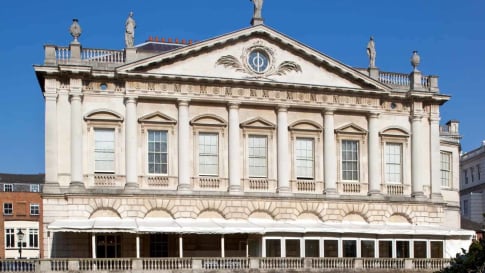
Georgian Style of Architecture: Definitive Guide for Seniors
Article to provide the senior couple or mature solo traveler with an appreciation of the influence of Georgian Architecture in Britain when on a small group educational tour.
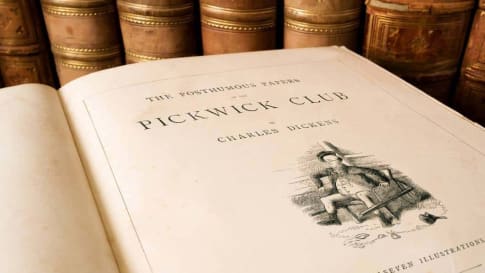
Small Group Literary Tours of England for Seniors
Explore Britain's literary heritage on small group package holidays and tours for mature and senior travellers each year from Odyssey Traveller. Small group tours for couples and solo travellers with a passion for exploring and learning.
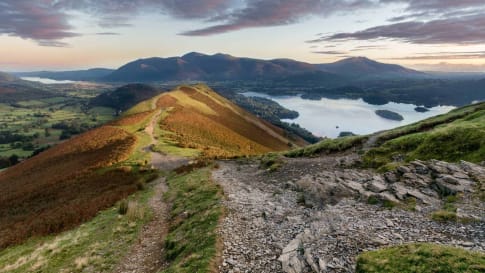
The Lake District poets: Romanticism & inspiration
The Lake District poets: Romanticism and inspiration for Travellers “I wandered lonely as a cloud” Did a simple daffodil usher in the Romantic era? Poet William Wordsworth and his sister Dorothy came upon a “host”…
Yorkshire, England in the 17th-19th Centuries
Article to support escorted small group tours to Northern England for senior couples and mature solo travellers. Learn and explore not only about Yorkshire and walking the Wainwright, but Durham Newcastle, the romantics of the Lake district or the inspiration for English literature.





